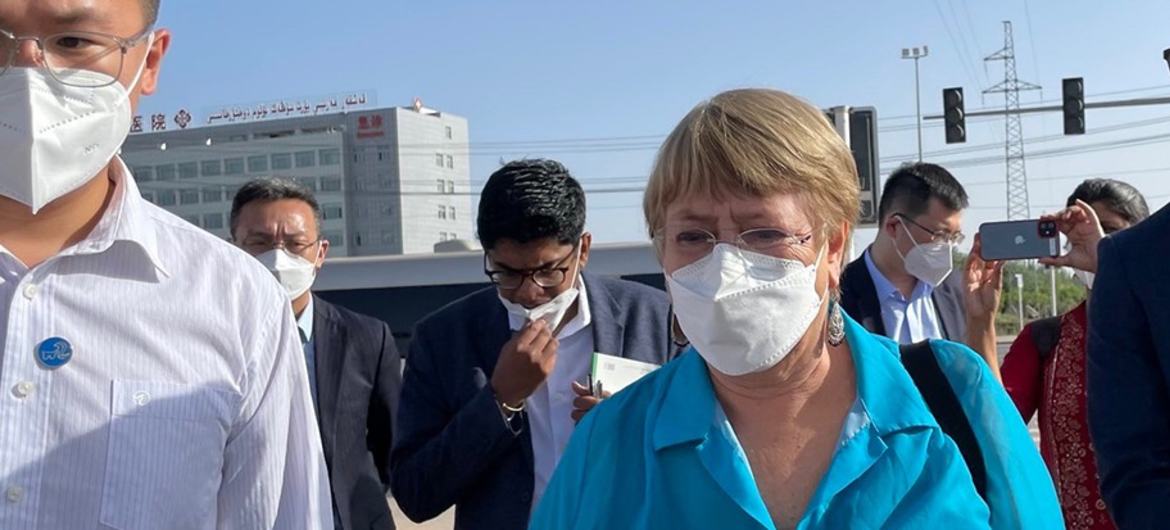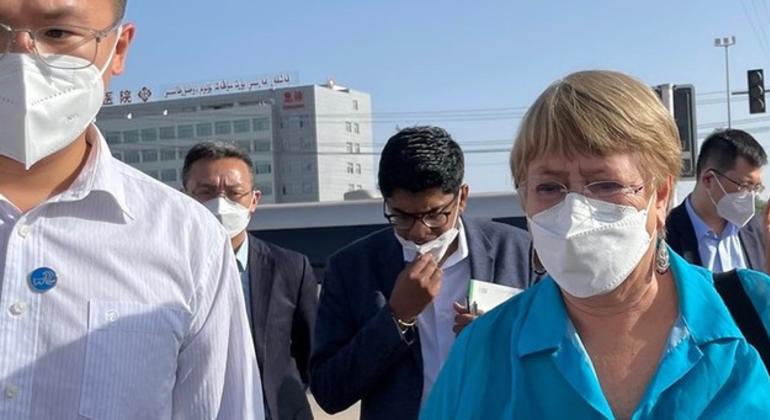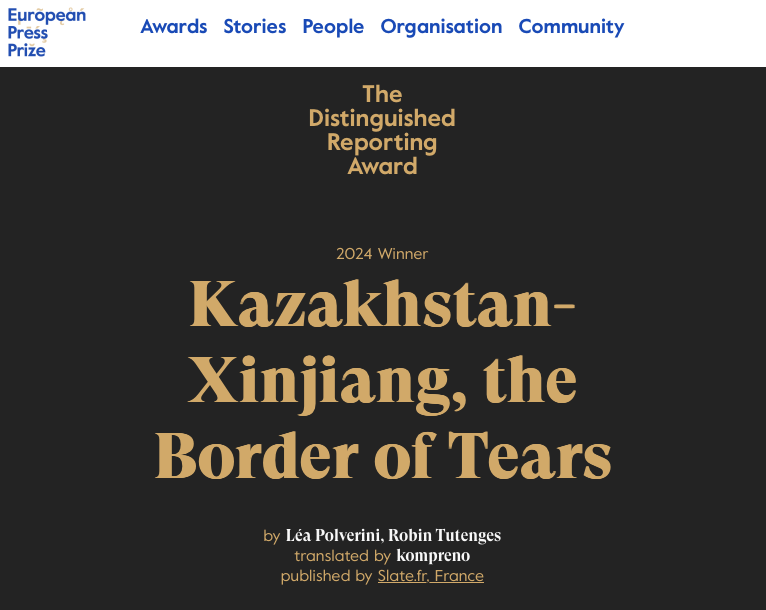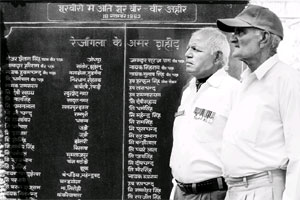- Copy to clipboard
- Thread starter
- #17
When China burns Muslims like India. then. Let's talk about the persecution of Uyghurs who support Israel.Mass Detention
China has created a large system of arbitrary detention and enforced disappearance. Approximately one million Uyghurs have been imprisoned in detention centers, for reasons as simple as practicing their religion, having international contacts or communications, or attending a western university. The Chinese government has defended the camps as “vocational training centers” aimed at combating violent extremism. Leaked government documents reveal that the state is in fact targeting people based on religious observance, such as praying or growing a beard, as well as family background.

Expert warns of impending ‘genocide’ of Muslims in India
Gregory Stanton, who founded the Genocide Watch group, is sounding the alarm on violence against Muslims in India.

 Southeast Asia & Oceania
Southeast Asia & Oceania





















